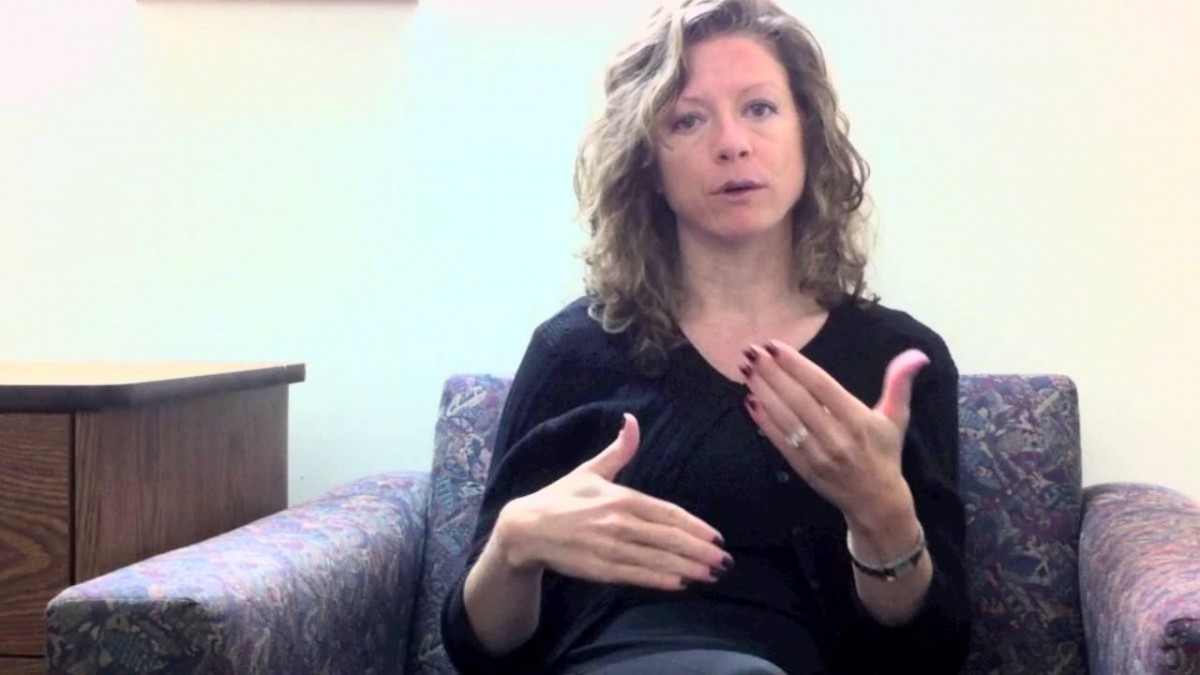Using an algorithm to determine employee promotions might sound like an idea that an analytics-obsessed, egalitarian company like Google would be on board with.
But when it came time to run the numbers and see who would get a better job, Google’s engineers had second thoughts.
“They took it to the engineering leaders, and they said, ‘No, we don’t want an algorithm,’” Myra Norton told the crowd at a Data Science Maryland meetup on Tuesday night. “They said, ‘We want to be the one to make that decision,’” rather than appearing that they are hiding behind numbers.
I mean, would you want to be hired via algorithm?
The episode illustrates the tug between modeling programs and human impulses at the heart of using data science during the hiring process, said Norton, the president and COO of Baltimore-based Pegged Software. The company works mostly with hospitals, where the ability to make a personal connection is often a necessary part of the job, and hiring is sometimes based on a “gut feel.”
“It’s this feeling,” Norton said. “An algorithm can’t tell me who’s going to be the best person for this job.”
Still, Pegged Software is one of a few companies using data analysis to help whittle down the application pool.
“The way the hiring process works, you may have hundreds of applications for a single position, so the question is, how are you taking that field of applicants and narrowing it down?” Norton said.
Pegged Software’s screening process aims to collect data to illustrate how a person will fit in to a job, as well as the company’s culture and workflow. The process collects data from resumes, applications and metadata.
That metadata is gathered through puzzles and timed tests presented to job applicants. Often, the metadata isn’t based on whether the problem was done right, but how the person moved through it.
The process produces tens of thousands of variables, Norton said. And that’s without two types of data that don’t get inputted: info like age, race and ethnicity, and info from social media. The former is designed to produce a more merit-driven hiring process, and effectively works as a correction against the tendency of employers to hire people who are more like them. The company chose not to use social media for ethical reasons — and because it’s illegal in more than 15 states.
The data that is collected is used to develop a “Fitness Index,” which is designed to determine the “probability that a candidate will be a high performer over time in a particular organization or department,” according to company literature. The companies who are hiring then select from a list of candidates that are determined to be the best fit. That’s when the traditional interview process comes into play.
Norton believes the process works because they aren’t only relying on metrics.
A big part of what Pegged does is work with the companies to define the positive outcomes of their hiring processes. At hospitals, one such outcome has been reducing turnover among the workforce. In the second year of using the Pegged model at one institution, the hospital reduced turnover by over 60 percent.
“If we’re going to build predictive models, and we’re going to try to improve how we hire,” Norton said, “we need to be able to clearly define up front, ‘What’s the outcome we’re trying to achieve?’”
Even though the focus on outcomes can change models on a weekly basis, it has benefits. The results-based talk diffuses some of the emotion surrounding the debate over employing data science into hiring practices, and makes it easier to talk to hiring managers who don’t expect scintillating conversation about regression analysis.
Along with outcomes, Norton offered another piece of advice to bridge the gap between interactions of numbers and interactions of human beings: tell people that the data will get it wrong — sometimes.
“There’s not going to be a perfect way to do this, because this is a messy situation, but our clients feel like we’re having a material impact here,” she said.
Despite the approach’s inherent potential to revolutionize hiring and create a more merit-based world, there are limits. The process works great for companies hiring a lot of people for positions like software engineers and call center employees, Norton said.
But once you move up the chain to a position like Vice President, Norton said, “You’re in a subjective world.”
She’s run into that limitation at her own small company, as she prepares to hire at the Vice President level.
“I can’t build a model for that, because we’re going to hire one person,” she said.







